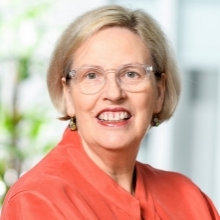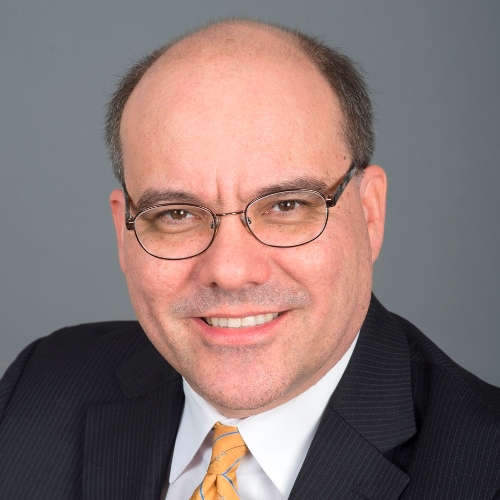
Blogs
What are some of the key issues that will shape global development in 2017? In the timeline below, revisit some of the stories on sustainable development from last year.
Twenty months after the earthquake that took lives and devastated livelihoods, people are receiving their first payments under a GFDRR-supported housing reconstruction project and are rebuilding their homes to higher standards. This will hopefully make them safer when the next earthquake hits.
While urbanization brings people closer to new economic and sociocultural opportunities, persons with disabilities still face a range of constraints in many cities, such as inaccessible buildings and public spaces, limited transportation options, inaccessible housing, and barriers in using technology-enabled virtual environments.
If cities fail to build their resilience to disasters, shocks, and ongoing stresses, the average annual loss from natural disasters in cities will rise to $314 billion by 2030, and 77 million more city dwellers will fall into poverty, according to a new World Bank/GFDRR report presented at COP22.
To help African countries better manage these challenges in the future, the World Bank, with support from the Global Facility for Disaster Reduction and Recovery (GFDRR), has put together the “Africa Disaster Risk Management (DRM) Strategic Framework 2016-2020,” which charts the way toward developing disaster and climate resilience in the region.
This week, the World Bank Group in partnership with the Global Facility for Disaster Reduction and Recovery and the European Union, will gather at a first-of-its-kind South-to-South learning workshop to devise practical solutions to help South Asia become more resilient to landslide and geo-hazard risks.
In the aftermath of the earthquake that struck Nepal in April 2015, Santoshi Rana of Bihani, a social venture working with elderly community members in Kathmandu, noticed that many efforts engaged the youth in relief and recovery activities. “Our elderly were completely left out of the equation, and were treated as passive beneficiaries in need of care.”
In October 2016, OpenDRI, GFDRR’s open data initiative, hosted a day-long event during JICA’s flood mapping workshop for the National Unit of Disaster Risk Management in Colombia (UNGRD) with support from the World Bank DRM Hub in Tokyo.
On January 22, 2012 at 6:00 am in the morning, Ethiopians living in the Efoyta Market neighborhood in Addis Ababa woke up to a burning five-story building. More than 13 hours later, the fire had killed two people, destroyed 65,000 square miles including several homes and businesses, and produced damages amounting to ETB 20 million ($1 million).
In disaster risk management, we often pay close attention to the latest technological boosts to better understand risks and help communities prepare for the next disaster. While such efforts are commendable, I noticed that insightful messages from our ancestors can also help us better anticipate tomorrow’s disaster risks.

 Andy Shuai Liu
Andy Shuai Liu
 Annette Dixon
Annette Dixon
 Charlotte McClain-Nhlapo
Charlotte McClain-Nhlapo
 Joe Leitmann
Joe Leitmann
 Valerie-Joy Santos
Valerie-Joy Santos
 Ede Ijjasz-Vasquez
Ede Ijjasz-Vasquez
 Christoph Pusch
Christoph Pusch
 Yuka Makino
Yuka Makino
 Athula Kulathilaka
Athula Kulathilaka
 Thomas Oommen
Thomas Oommen
 Marinos Skempas
Marinos Skempas
 Margaret Arnold
Margaret Arnold
 Maria Angelica Sotomayor
Maria Angelica Sotomayor
 Abebaw Alemayehu
Abebaw Alemayehu
 Ko Takeuchi
Ko Takeuchi